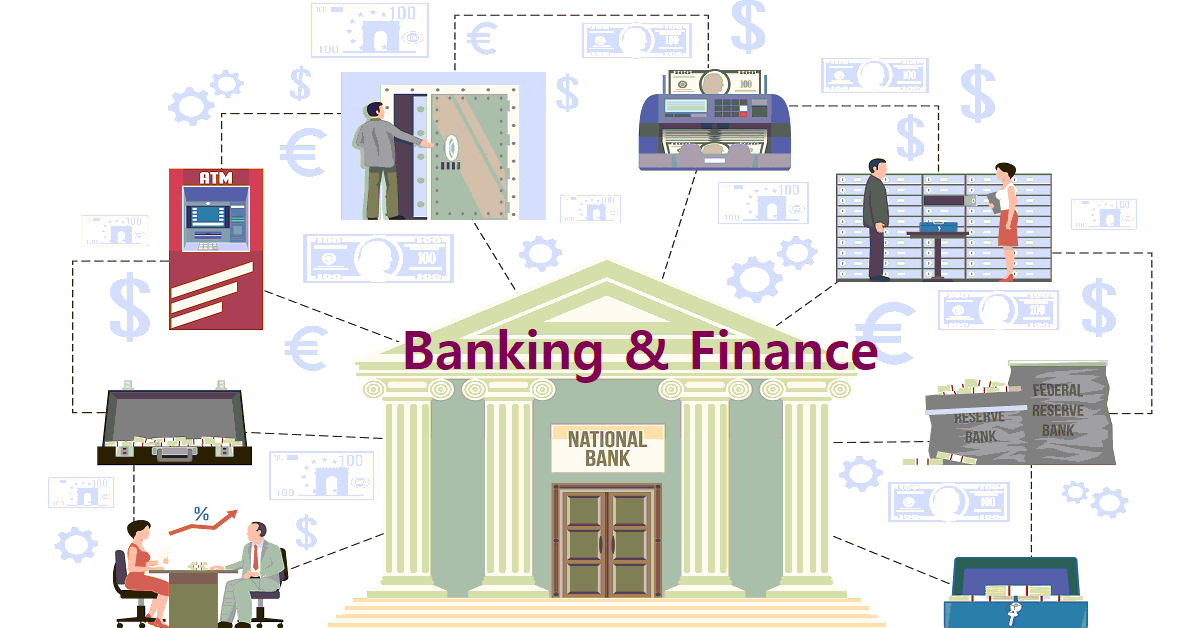
E-banking, also known as electronic banking or online banking, refers to the process of conducting financial transactions through the internet. With the advancement of technology and the increasing demand for convenience, e-banking has become increasingly popular in recent years. It allows individuals and businesses to manage their finances from the comfort of their homes or offices, without having to visit a physical bank.
Types of Cybercrime Relevant to E-Banking and Their Impact
While e-banking provides a convenient and efficient way to manage finances, it also poses a significant risk of cybercrime. Cybercrime is a rapidly growing problem, and financial institutions and their customers are prime targets. Types of cybercrime relevant to e-banking include:
- Phishing scams: these are fraudulent emails or websites that appear to be from a legitimate source, such as a bank, and are designed to trick individuals into giving away sensitive information such as login credentials or credit card details.
- Malware attacks: these are malicious software programs that infect computer systems and steal sensitive information. Malware can be delivered through emails, websites, or downloads.
- Man-in-the-middle attacks: these are attacks in which a criminal intercepts and alters communications between two parties. In the context of e-banking, this could involve intercepting transactions and altering amounts or account details.
These types of cybercrime have a significant impact on both financial institutions and their customers. For financial institutions, cybercrime can result in reputational damage, financial losses, and regulatory fines. For customers, cybercrime can result in theft of funds, loss of sensitive information, and significant stress and inconvenience.
Latest Statistics and Case Studies of E-Banking Related Cybercrime Incidents
According to a recent study by the Financial Crimes Enforcement Network, there was a 15% increase in reported cybercrime incidents in the banking sector in 2020. This highlights the need for increased vigilance and security measures to protect both financial institutions and their customers from the potential dangers of e-banking.
One high-profile case of e-banking related cybercrime was the 2020 cyber attack on a major European bank. The attack resulted in the theft of millions of dollars from customer accounts. This case serves as a stark reminder of the importance of e-banking security and the potential consequences of a lack of security measures.
Measures Taken by Financial Institutions to Enhance E-Banking Security and Prevent Cybercrime
Financial institutions are taking a number of measures to enhance e-banking security and prevent cybercrime. Some of these measures include:
- Implementing multi-factor authentication: this involves requiring customers to provide multiple forms of identification, such as a password and a one-time code sent to their mobile phone, before logging into their e-banking accounts.
- Monitoring transactions for suspicious activity: financial institutions are using advanced technology to detect and prevent fraud by monitoring transactions for suspicious activity and flagging any transactions that appear to be fraudulent.
- Offering secure communication channels: financial institutions are offering secure channels for communication with customers, such as secure messaging platforms and encrypted email.
- Regularly updating software and systems: financial institutions are regularly updating their software and systems to ensure that they are protected against the latest threats.
Best Practices for Customers to Protect Themselves While Using E-Banking Services
Customers can take a number of steps to protect themselves while using e-banking services. Some of these best practices include:
- Regularly changing passwords: customers should regularly change their passwords to prevent unauthorized access to their e-banking accounts. This will help prevent cyber criminals from accessing the account even if they have obtained the password through phishing or other means. A strong password should be used, combining upper and lower case letters, numbers, and symbols.
-Two-factor authentication: using two-factor authentication, also known as 2FA, adds an extra layer of security to the login process. This means that in addition to entering a password, the user must also provide a one-time code generated by their smartphone or sent via SMS. This helps to prevent unauthorized access even if the password has been compromised.
-Monitoring account activity: customers should regularly monitor their e-banking account for any suspicious activity. This includes checking transactions, account balances, and notifications. If any suspicious activity is detected, the customer should immediately contact their bank for further investigation.
Conclusion:
E-banking has revolutionized the way we manage our finances, making it easier and more convenient than ever before. However, with the increasing popularity of e-banking, cybercrime has also become a growing concern. Financial institutions and customers alike must be proactive in their efforts to enhance e-banking security and prevent cybercrime. By staying informed, following best practices, and utilizing the latest security measures, individuals and businesses can enjoy the many benefits of e-banking with peace of mind.
Banking and Finance




